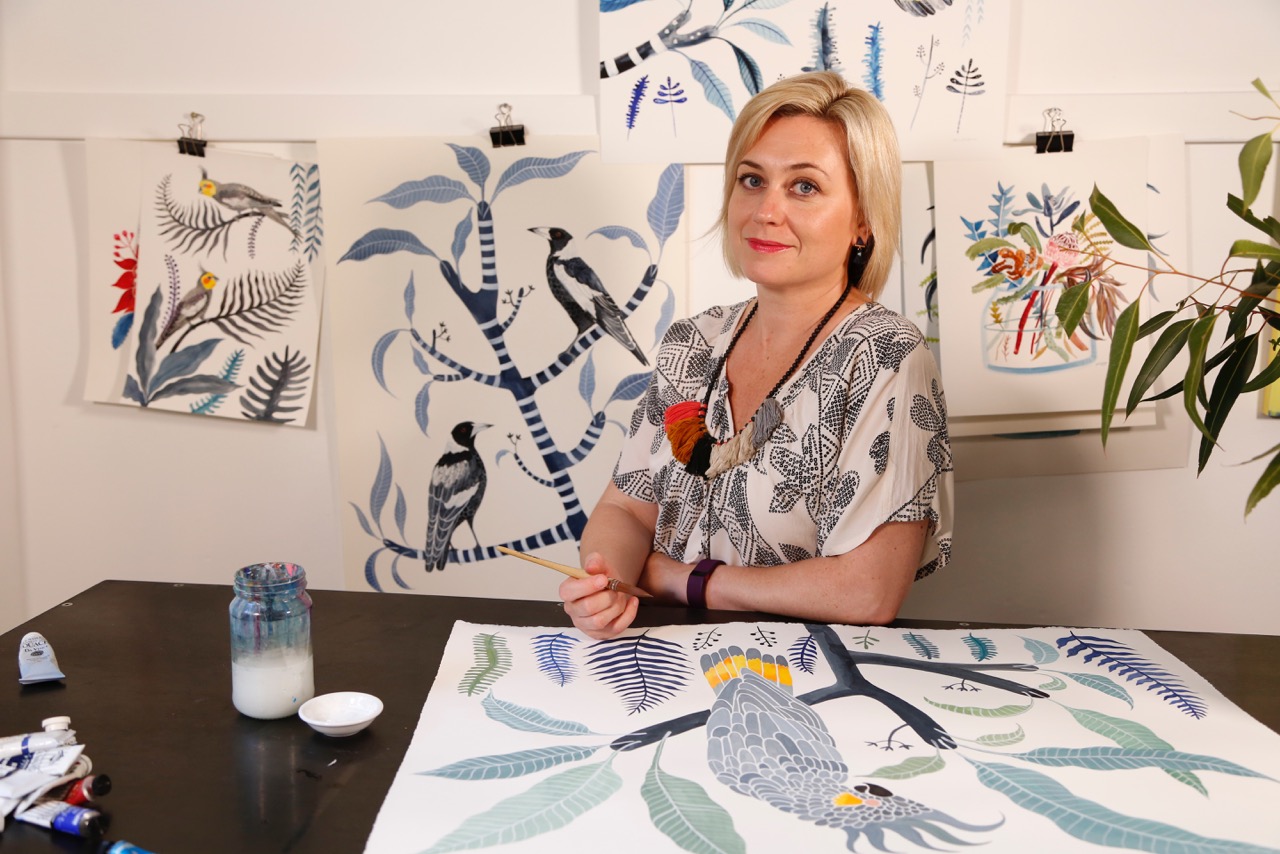The Benefits of Commissioning a Painting
Commissioning a painting provides a unique opportunity to own a personalized work of art that reflects your individuality and taste. Unlike mass-produced prints or generic artwork, a commissioned painting is a one-of-a-kind masterpiece created specifically for you. Whether it’s a portrait, landscape, or abstract piece, the artist can incorporate your preferences, ideas, and even personal stories into the artwork, making it truly special.
One of the key benefits of commissioning a painting is the collaboration with the artist. Throughout the process, you have the chance to work closely with the artist, discussing your vision, providing input, and witnessing the creation of your artwork from start to finish. This collaboration fosters a sense of connection and allows you to have a deeper appreciation for the artistic process.
Commissioning a painting also provides an opportunity to showcase your personality and decorating style. Whether you want to add a bold statement piece to your living room or a serene landscape to your office, a commissioned painting can tie together the aesthetics of your space and create a focal point that reflects your taste and values.
How to Choose the Perfect Artist for Your Commission
When choosing an artist for your commission, it is important to research their styles and portfolios to find a match that aligns with your preferences. Artists have unique styles, ranging from realistic and detailed to abstract and expressive. By reviewing their previous works, you can get a sense of their artistic approach and see if it resonates with your vision.
Consider the artist’s expertise and specializations. Some artists may specialize in landscapes, while others excel at portraiture. Look for artists who have experience and skill in the specific subject matter or style you desire for your commission. This ensures that the artist will be able to bring your vision to life with precision and mastery.
Discuss the commission details and timeline with your chosen artist. Clarify the size, medium, and any specific requirements or preferences you have for the artwork. Additionally, communicate your desired timeline for completion, taking into account any important deadlines or events for which the painting is intended.
Understanding the Commissioning Process
The commissioning process involves several key steps that are important to understand to ensure a smooth and successful collaboration with the artist.
First and foremost, it is essential to define your vision and goals for the painting. Consider the purpose of the artwork, the emotions or messages you want it to evoke, and the overall aesthetic you have in mind. The more you can articulate your vision to the artist, the better they can bring it to life.
Negotiating the price and payment terms is another crucial aspect of the commissioning process. Discuss the artist’s pricing structure and ensure that it aligns with your budget. Be prepared to provide a deposit or initial payment to secure the commission. Establish clear payment terms, including milestones and deadlines for payments throughout the process.
Once the initial details are in place, the artist will typically provide sketches or mock-ups for approval. This allows you to visualize the direction of the artwork and provide feedback. It is important to provide timely and constructive feedback to guide the artist’s progress. Collaboration and mutual understanding are key to ensuring that the final artwork meets your expectations.
Tips and Etiquette for a Successful Painting Commission
When commissioning a painting, effective communication is crucial. Clearly communicate your expectations, preferences, and any specific details you want to be included in the artwork. Share reference images, color palettes, or any other visual inspiration that can help the artist understand your vision.
At the same time, it is essential to trust the artist’s creative process and expertise. Remember that you chose the artist based on their unique style and skillset. Allow them the freedom to interpret your vision and bring their artistic flair to the artwork. Be open to suggestions and trust their professional judgment.
Maintaining regular communication and feedback exchange throughout the commissioning process is vital. Respond to the artist’s queries and requests in a timely manner, and provide constructive feedback when necessary. Regular check-ins and updates ensure that both you and the artist are on the same page and can address any concerns or changes as the artwork progresses.
In conclusion, painting commissions offer numerous benefits, from owning a personalized work of art to collaborating with a talented artist. By following the steps outlined in this guide and embracing effective communication and trust, you can embark on a successful painting commission that results in a masterpiece that exceeds your expectations.
FAQ
Question: What is commissioning a painting? – Commissioning a painting is the process of hiring an artist to create a customized artwork based on your preferences, ideas, and vision.
Question: How is commissioning a painting different from buying a regular artwork? – Commissioning a painting allows you to have a personalized and unique artwork that is tailor-made for you, reflecting your individuality and taste. It involves collaborating with the artist throughout the process, providing input, and witnessing the creation of the artwork from start to finish.
Question: How do I choose the right artist for my commission? – Research artists’ styles and portfolios to find an artist whose work aligns with your preferences. Consider their expertise and specializations in the specific subject matter or style you desire for your commission.
Question: How can I effectively communicate my vision to the artist? – Clearly articulate your vision and goals for the painting, including the emotions or messages you want it to evoke and the overall aesthetic you have in mind. Share reference images, color palettes, or any other visual inspiration that can help the artist understand your vision.
Question: What is the commissioning process like? – The commissioning process typically involves defining your vision, negotiating the price and payment terms, providing feedback during the sketch/mock-up stage, and maintaining regular communication with the artist throughout the process.
Question: How do I negotiate the price and payment terms? – Discuss the artist’s pricing structure and ensure that it aligns with your budget. Be prepared to provide a deposit or initial payment to secure the commission. Establish clear payment terms, including milestones and deadlines for payments throughout the process.
Question: What should I do during the sketch/mock-up stage? – Provide timely and constructive feedback to guide the artist’s progress. This is an opportunity to visualize the direction of the artwork and make any necessary adjustments or suggestions.
Question: What can I expect from a successful painting commission? – Effective communication, trust in the artist’s expertise, and regular feedback exchange are crucial for a successful commission. By following these guidelines and embracing the collaborative process, you can expect to receive a personalized masterpiece that exceeds your expectations.
Useful Resources:
- Artists Network – An online resource for artists and art enthusiasts, offering articles, tutorials, and community forums to learn and connect with fellow artists.
- Saatchi Art – An online art gallery where you can explore a wide range of artists and their works, including options for commissioning personalized paintings.
- com – A comprehensive online platform for art prints, posters, and curated collections, providing inspiration and options for finding the perfect artwork for your space.
- Artnet – A leading online resource for the art market, featuring news, auctions, and artist profiles to stay informed about the latest trends and developments in the art world.
- Artcyclopedia – A database of art and art history information, with links to museums, galleries, and artists’ websites, offering a wealth of educational resources for art enthusiasts.
- Artists & Illustrators – A print and online magazine dedicated to showcasing the work of artists, providing inspiration and practical advice through articles, interviews, and tutorials.
- Art Demos – A collection of step-by-step art demonstrations and tutorials, covering various mediums and techniques to enhance your artistic skills and knowledge.
- Art Business – A website offering resources and information on the business side of art, including guidance on art commissions, pricing, marketing, and legal considerations.










